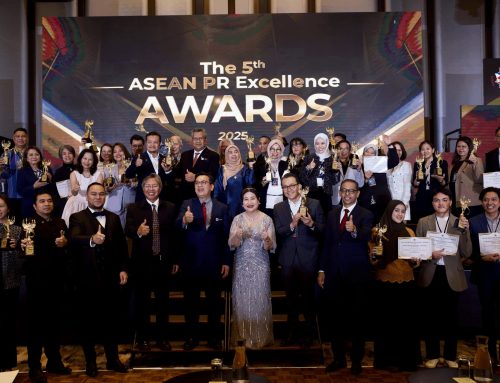The tech sector is the largest and the fastest growing industry in the world. Any public relations professional knows the importance of being tech savvy when it comes to sharing information, communicating with your audience, and creating your online brand.
In terms of PR and branding, we have benefited greatly from the wide reach of the web, from both a productivity and a marketing perspective. However, technology is forever changing, and at an extremely fast pace. Trying to keep up with new apps and the latest tech trends isn’t easy.
Familiarising ourselves with the terminology used in the tech industry is a great way to appreciate and understand technology better. This holds true even more for PR professionals whose role increasing rely on social media, big data and digital marketing.
SEO
SEO, or Search Engine Optimization, is the process of growing the online visibility of a website of a web page in a web search engine’s unpaid results. Unpaid results are also referred to as ‘natural’, ‘organic’ or ‘earned’ results. Search engines like Google and Bing provide better visibility to websites that load faster as well as websites that align their content in terms of headings, description, and captioned images. If you want to be listed on the first page of Google results, then SEO is your best friend.
Big Data
Big data is exactly what you would think – large sets of data. However, to be more specific, in the tech world big data is also unstructured and too complex for traditional data-processing application software. Big data is used by marketing and PR teams to get an insight into the online behaviour of their audience.
Dark Social
Dark social refers to the social media traffic that isn’t publicly accessible. For instance, when people share content through private channels such as instant messaging programs, messaging apps, and email. This kind of activity is difficult to measure and presents a challenge when it comes to monitoring online referrals.
UGC
UGS refers to User Generated Content. UGC is any form of online content, including text, audio or videos, created by individuals about a product who are not associated with the company or brand. Examples of UGC include re-posting online reviews written by customers on your company website or Facebook page or creating a promotional video using footage submitted by clients.
CRO
Let’s say 500 people visit your website every day, of which 20 of them buy your product. Your goal is to get 30 of the 500 visitors to buy your product and you want to do that buy converting more website visitors into customers. This process of doing this is known as CRO, or Conversion Rate Optimization.
Bounce Rate
Bounce rate is the percentage of visitors to a particular website who only view a single page and then “bounce”, i.e. navigate away from the website. Bounce rate is a good metric to see how many visitors are not looking at or engaging with the content. This could be because a user has landed on a website with information that is not relevant or of interest to them.






